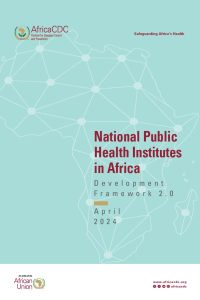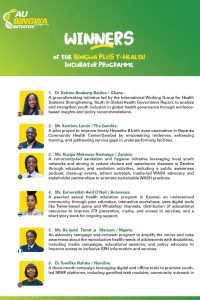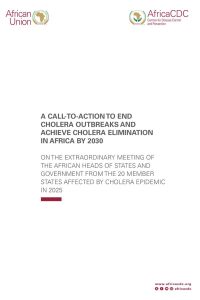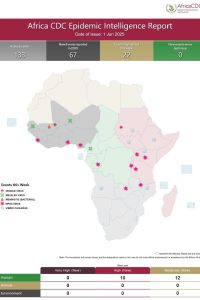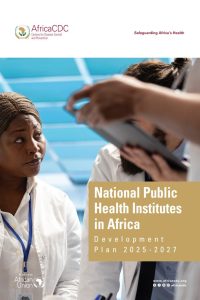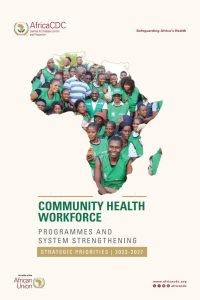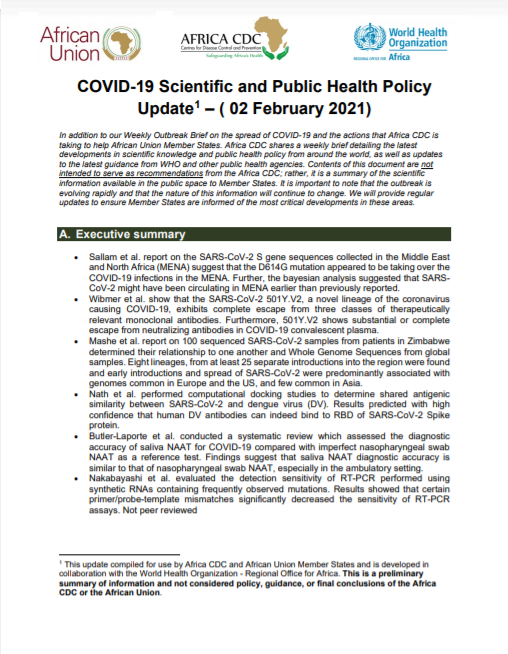
- Version
- Download 781
- File Size 295.51 KB
- File Count 1
- Create Date 2 February 2021
- Last Updated 4 February 2021
COVID-19 Scientific and Public Health Policy Update – (02 February 2021)
In addition to our Weekly Outbreak Brief on the spread of COVID-19 and the actions that Africa CDC is taking to help African Union Member States. Africa CDC shares a weekly brief detailing the latest developments in scientific knowledge and public health policy from around the world, as well as updates to the latest guidance from WHO and other public health agencies. Contents of this document are not intended to serve as recommendations from the Africa CDC; rather, it is a summary of the scientific information available in the public space to Member States. It is important to note that the outbreak is evolving rapidly and that the nature of this information will continue to change. We will provide regular updates to ensure Member States are informed of the most critical developments in these areas.
A. Executive summary
• Sallam et al. report on the SARS-CoV-2 S gene sequences collected in the Middle East and North Africa (MENA) suggest that the D614G mutation appeared to be taking over the COVID-19 infections in the MENA. Further, the bayesian analysis suggested that SARSCoV-2 might have been circulating in MENA earlier than previously reported.
• Wibmer et al. show that the SARS-CoV-2 501Y.V2, a novel lineage of the coronavirus causing COVID-19, exhibits complete escape from three classes of therapeutically relevant monoclonal antibodies. Furthermore, 501Y.V2 shows substantial or complete escape from neutralizing antibodies in COVID-19 convalescent plasma.
• Mashe et al. report on 100 sequenced SARS-CoV-2 samples from patients in Zimbabwe determined their relationship to one another and Whole Genome Sequences from global samples. Eight lineages, from at least 25 separate introductions into the region were found and early introductions and spread of SARS-CoV-2 were predominantly associated with genomes common in Europe and the US, and few common in Asia.
• Nath et al. performed computational docking studies to determine shared antigenic similarity between SARS-CoV-2 and dengue virus (DV). Results predicted with high confidence that human DV antibodies can indeed bind to RBD of SARS-CoV-2 Spike rotein.
• Butler-Laporte et al. conducted a systematic review which assessed the diagnostic accuracy of saliva NAAT for COVID-19 compared with imperfect nasopharyngeal swab NAAT as a reference test. Findings suggest that saliva NAAT diagnostic accuracy is similar to that of nasopharyngeal swab NAAT, especially in the ambulatory setting.
• Nakabayashi et al. evaluated the detection sensitivity of RT-PCR performed using synthetic RNAs containing frequently observed mutations. Results showed that certain primer/probe-template mismatches significantly decreased the sensitivity of RT-PCR assays. Not peer reviewed
Attached Files
| File | Action |
|---|---|
| COVID-19 Scientific and Public Health Policy Update | Download |

